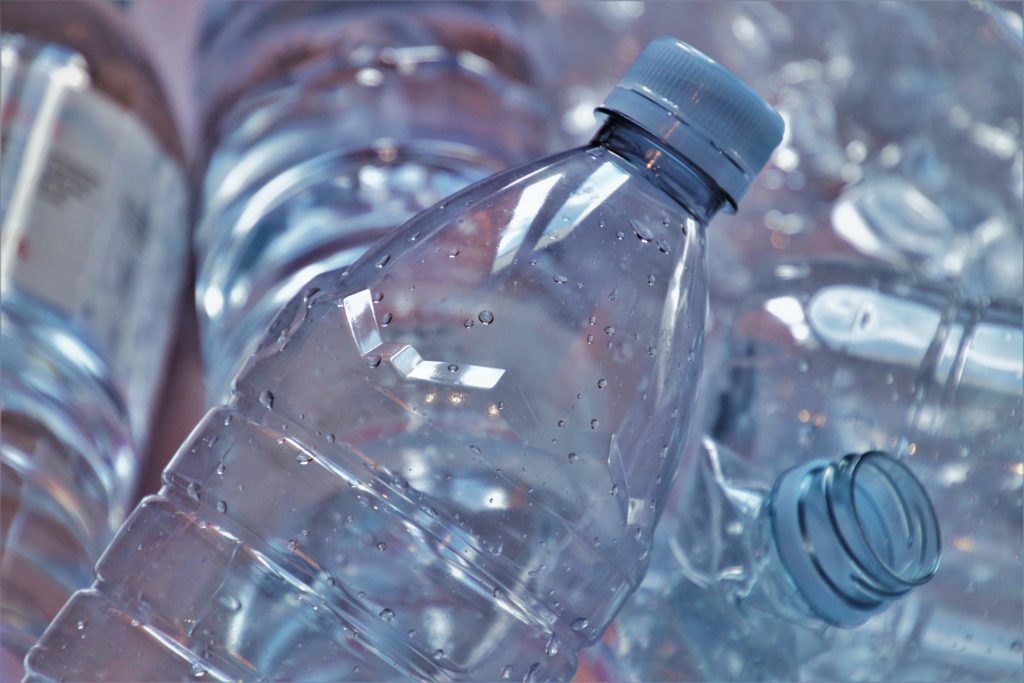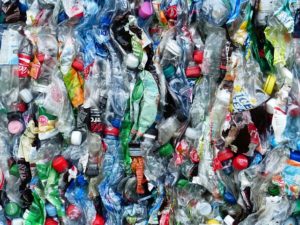The Dangers of Phthalates

While most people have heard of the dangers and concerns around bisphenol A (BPA), phthalates are another concerning compound found in different types of plastic products and other consumer goods. While phthalates are generally used to make plastics more durable, they show up in a surprising number of places. You can find the chemicals in vinyl flooring and other building materials. They are often found in food packaging. They even find use in personal care products like makeup, shampoo, soap, deodorant, hairspray and nail polish (Sakhi 2017).
Concerns for the health consequences of exposure to phthalates have been growing. And due to their small size and developing nervous system, children are at much higher risk. In Europe, certain phthalates have been banned in children’s products in an attempt to decrease exposure. The United States even followed suit, banning a number of phthalates from children’s products in 2017 (Hammel 2019).
What Are the Concerns?
When it comes to phthalates, they appear to have a number of concerns. First and foremost is the disruption of the hormonal systems of the body. This can have numerous consequences for both the male and female reproductive systems. However, other concerns have been associated with phthalate exposure. Thyroid problems, cancer, diabetes, autism, hearing disorders and obesity are all potentially associated with phthalates (Eales 2021).
Phthalates and Reproductive Toxicity
Some of the strongest research on phthalates and negative effects comes from animal studies of exposure and the effects on the reproductive system. Male animals exposed to phthalates during early development show a number of abnormalities. Rats were found to have underformed or missing genitals, a malformed penis (hypospadias), undescended testicles (cryptorchidism), undeveloped nipples and lowered sperm production (NRC 2008).
One of the most recent reviews on the reproductive effects of phthalates in humans notes potential developmental abnormalities in both men and women. In women, data suggests early puberty, ovarian failure, endometriosis (an often painful growth of uterine tissue outside of the uterus) and preterm birth. In men, data suggests hypospadias, undescended testicles and changes in adult reproductive function (Mesquita 2021). However, the authors note that there still isn’t a full consensus on the harmful effects.
Phthalates and Other Risks

(Photo By Clean Wal-Mart)
A recent review compiled the data on all of the health concerns associated with phthalates. The full list raises obvious concerns:
“We found robust evidence for an association (of phthalate exposure) with lower semen quality, neurodevelopment and risk of childhood asthma, and moderate to robust evidence for impact on anogenital distance (a type of birth defect) in boys. We identified moderate evidence for an association between phthalates/metabolites and low birthweight, endometriosis, decreased testosterone, attention-deficit/hyperactivity disorder, Type 2 diabetes and breast/uterine cancer. There was some evidence for other outcomes including anofourchette distance (a type of birth defect in females), fetal sex hormones, pre-term birth,…reduced oestrodiol (estrogen), autism, obesity, thyroid function and hearing disorders (Eales 2021).”
Considering the extent of the conditions and the certainty of harm, it’s worth asking why these chemicals are still in common use, especially in food packaging and body care products. Unfortunately, in the United States, chemicals are difficult to ban (Chiapella 2019). As such, phthalates just add to a growing number of chemicals contributing to rising pollution levels throughout the world.
We Need Stronger Chemical Regulations and Pollution Controls
Estimates suggest that environmental pollution has become the leading cause of premature deaths throughout the world. In fact, 16% of all premature deaths worldwide are attributable to pollution (Landrigan 2018). Welfare losses due to pollution are also estimated to amount to 4-6 trillion dollars per year, equivalent to 6.2% of global economic output (Landrigan 2018).
Conclusion
We are exposed to a dizzying array of chemicals that threaten our health and pollute the environment. Phthalates, commonly found in numerous consumer goods and products, are just one small but concerning example. Hopefully, with more awareness, laws can change. We need to eliminate unsafe products and better regulate new chemicals before release into the market and the environment.



